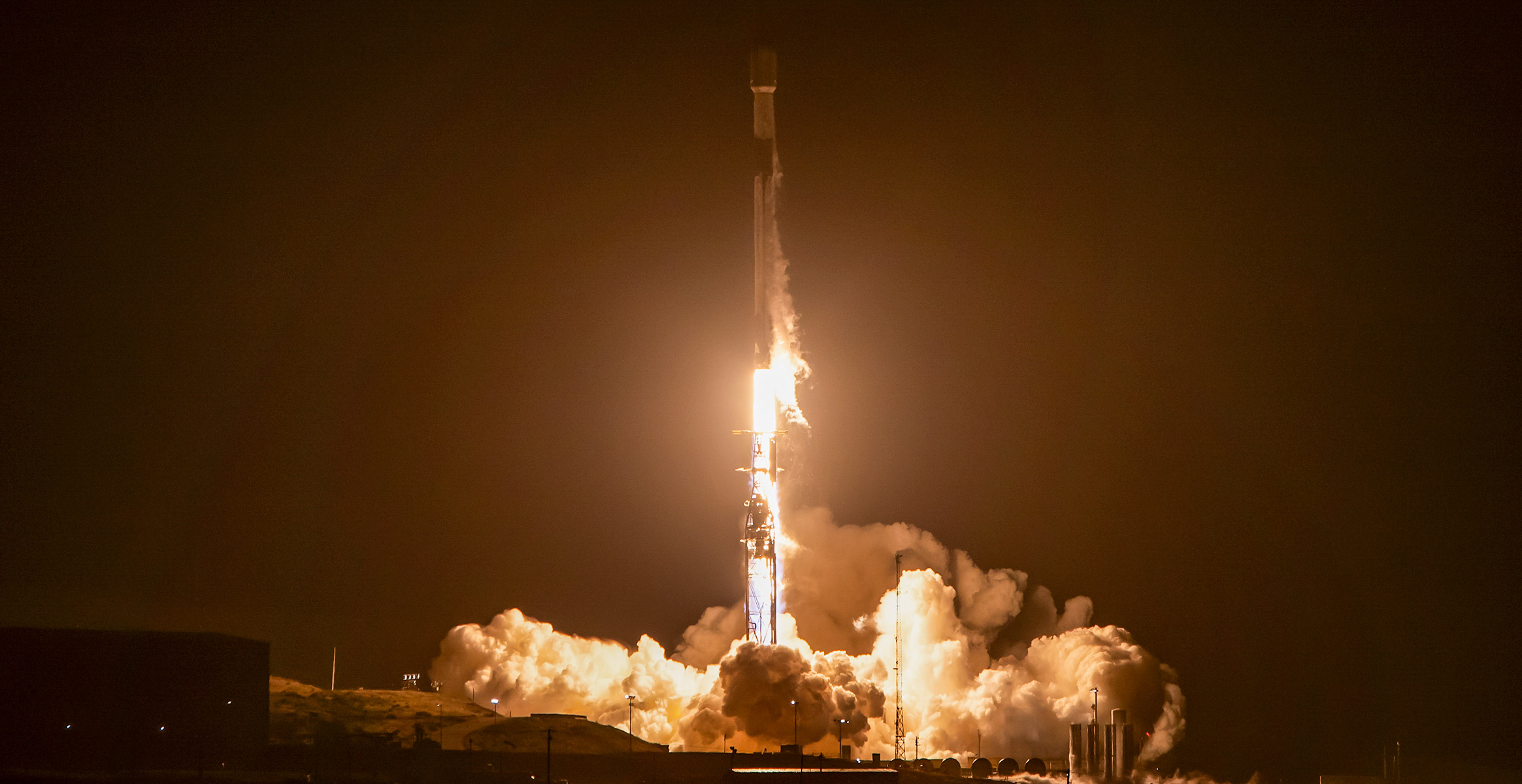
SpaceX launched a total of 23 Starlink satellites from two different locations within the span of a week. The first launch took place on May 8, 2024, from NASA's Kennedy Space Center in Florida, where SpaceX sent 23 Starlink satellites to low Earth orbit (LEO). This mission marked the fourth launch and landing for this particular Falcon 9 first stage.
The second launch occurred on May 10, 2024, from Vandenberg Space Force Base in California. In this mission, SpaceX launched another batch of 20 Starlink satellites into LEO. Thirteen of these satellites were direct-to-cell capable and will help eliminate dead zones and provide reliable communications for people in remote locations.
The Falcon 9 rocket that carried the second batch of Starlink satellites was Booster 1082, which had previously launched two other missions. The first stage of the Falcon 9 returned to Earth about eight minutes after launch and touched down on the droneship Of Course I Still Love You in the Pacific Ocean.
SpaceX's Starlink constellation aims to provide global internet coverage by deploying thousands of satellites into LEO. The company has already launched several batches of these satellites, with more planned for the future.
The launch from Vandenberg Space Force Base marked the 75th mission from SLC-4E for SpaceX. Previously, this pad had not seen many launches in its early days but has since become a frequent launch site as the Starlink constellation build-out ramped up.
The successful launches and landings of the Falcon 9 rockets demonstrate SpaceX's continued progress in reusable rocket technology, which is crucial for reducing the cost of space travel and making it more accessible to a wider audience.


